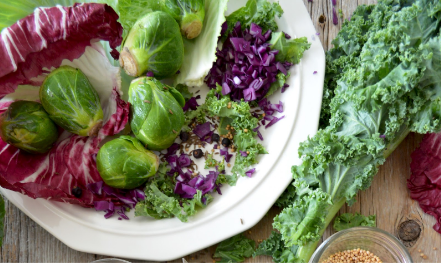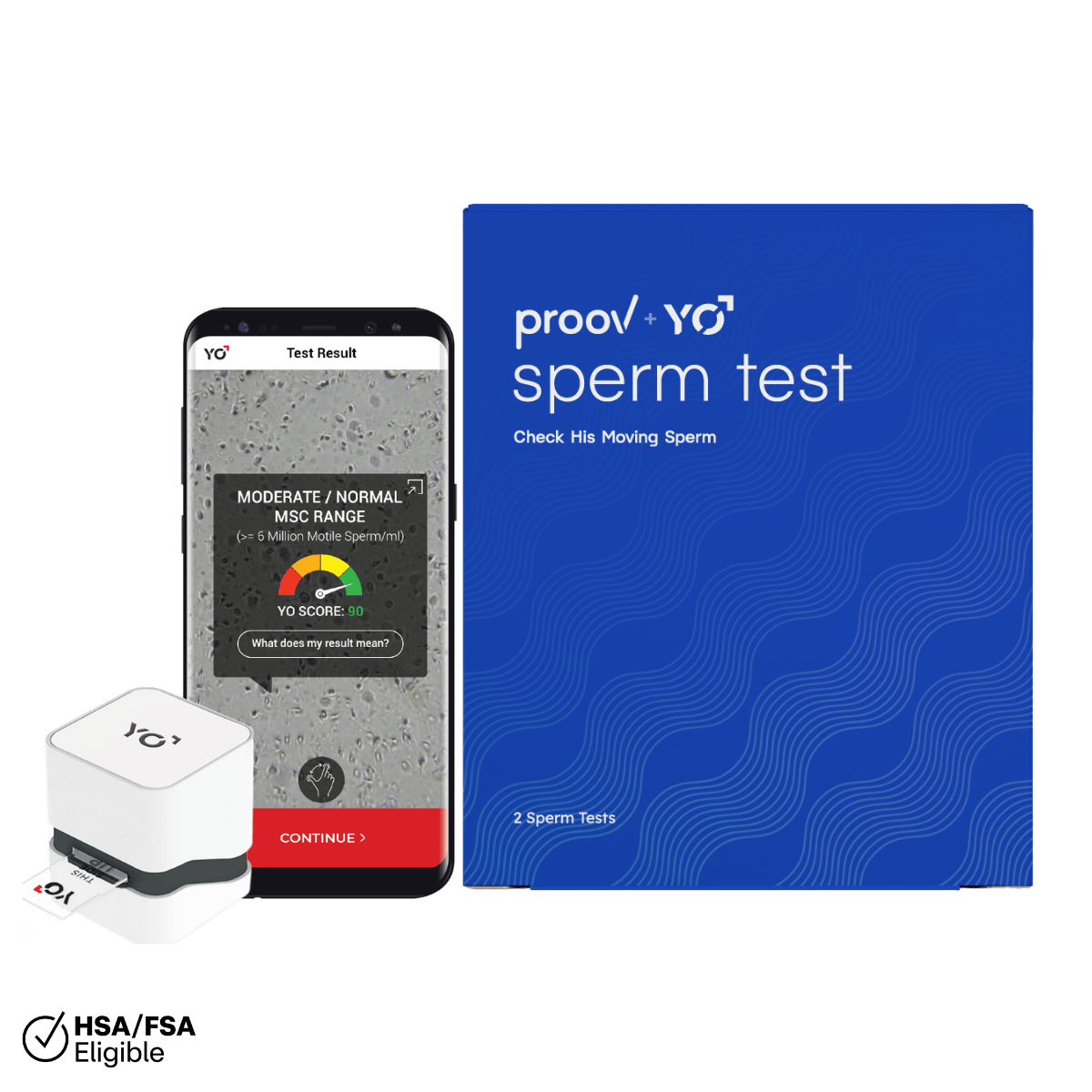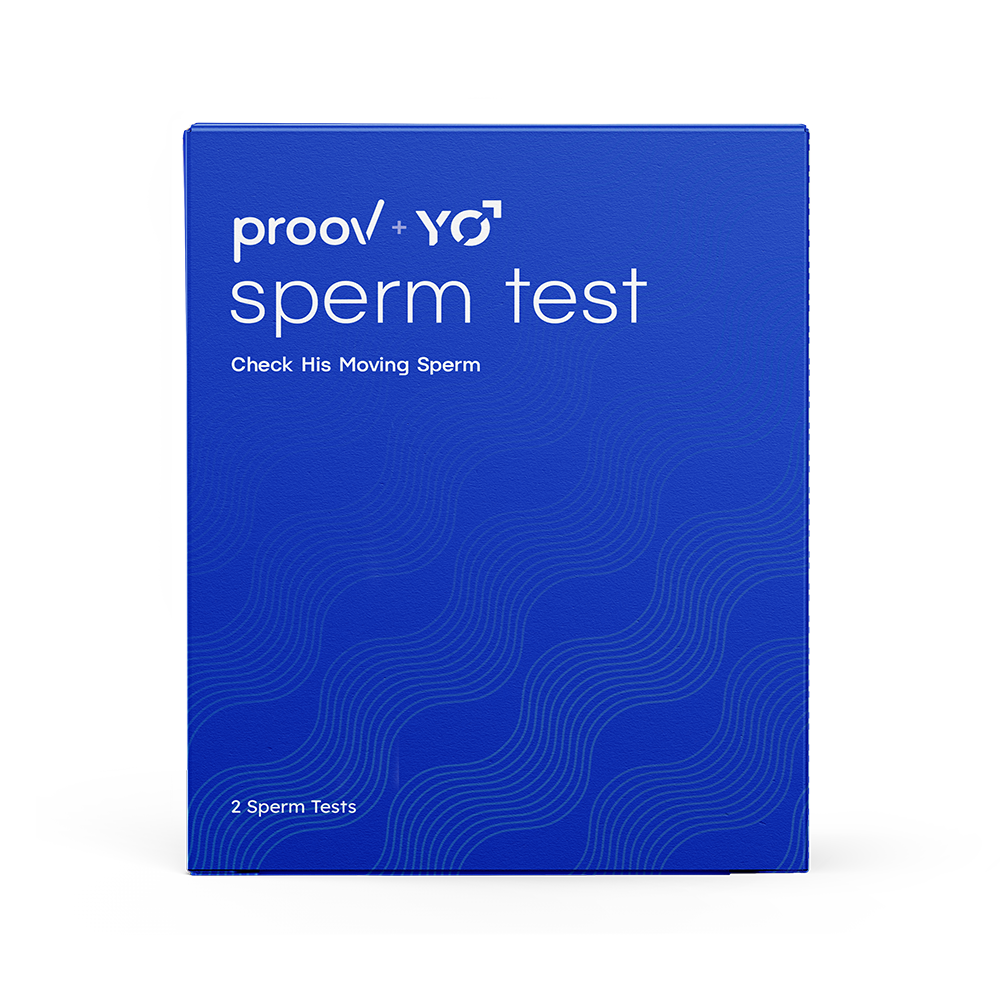Written by: Dr. Amy Beckley, PhD, Founder and Inventor of the Proov test — the first and only FDA-cleared test to confirm successful ovulation at home.

Medically reviewed by: Dr. Gary Levy, a Board-Certified Reproductive Endocrinologist and OBGYN. Dr. Levy has been the IVF director of a busy, academic, fertility practice. He specializes in complex endocrine and reproductive cases. He is a prolific researcher and author publishing dozens of articles in many prestigious peer-reviewed journals. He also serves as Chief Medical Officer at Fertility Cloud, a comprehensive virtual fertility care platform that helps couples with fertility testing and treatment, all from the comfort of their own homes.
Pregnanediol Glucuronide (PdG), a progesterone metabolite, may be an unfamiliar fertility term — but it is SO important when trying to conceive! Without enough PdG present after ovulation, it can be more difficult to get pregnant.
While Proov PdG tests can provide insight into your PdG levels and ovulation health, you may be wondering what to do if you’re just not producing enough of the good stuff. But don’t worry — we’ve got you covered! Keep reading to learn about 5 ways to naturally increase PdG levels.
What is PdG and why is it important?
PdG is the urine metabolite of progesterone. Progesterone is the hormone produced by the empty follicle after an egg is released. It not only confirms ovulation, but is also necessary for making the uterine lining “sticky” enough to allow for the best possible chance for an embryo to implant.
After progesterone circulates through the bloodstream, it is metabolized by the liver and excreted from the body in urine as PdG. What is pdg level? Women need progesterone — and therefore PdG — to rise and remain elevated for long enough after ovulation to allow for the best possible chance at conception. If you don’t have enough PdG or your levels drop too soon, it can be more difficult to get pregnant.
What causes low PdG levels?
Low PdG can be caused by many things, including stress, age, menopause, lack of ovulation, diet, or excessive exercise. Each of these causes can lead to a hormone imbalance, meaning the amount of progesterone your body produces is unequal to the amount of estrogen being produced. Inadequate progesterone production leads to inadequate PdG production.
How can I tell if I have low PdG?
Are you wondering,'how to test pdg levels at home? Proov PdG tests are the first and only FDA cleared PdG tests to confirm successful ovulation at home. Successful ovulation refers to an ovulatory event in which an egg is released and PdG rises and remains elevated for long enough to allow for the best possible chance at conception. Weak ovulation (meaning low PdG levels) can make it more difficult to get pregnant.
The Proov testing protocol recommends testing PdG levels on days 7-10 past peak fertility (i.e. a positive LH test). Once you’ve taken your tests, understanding your “Proov PdG Patterns” can help determine the health of your ovulation.

Successful Ovulation: This means ovulation occurred and PdG was elevated for long enough. It’s usually when you have four positive PdG tests during the 7-10 days past peak window. Or, you could also have successful ovulation if you have 3 out of 4 positives with a positive on day 10 past peak.

Weak Ovulation: This means ovulation occurred, but PdG levels weren’t high enough — or dropped too soon — which could indicate a problem with ovulation. Your PdG test lines on days 7-10 past peak appear lighter than the baseline test, but never really disappear. You could also have weak ovulation if you only have one or two positives during the testing window.

No Ovulation: This means ovulation likely did not occur and there was not a rise in PdG. PdG tests during the testing window are negative with no change vs. the baseline.
If you never get a positive Proov PdG test, this could be a sign of anovulation and we recommend consulting your doctor. However, if you’re experiencing a few negative tests but are close to a successful ovulation, natural remedies may be able to help improve your PdG levels!
5 Ways to Naturally Increase PdG Levels
1. Diet
Pdg boosting foods are a simple way to increase PdG levels is through your diet. While food doesn’t contain PdG itself, some foods can promote PdG production, including:
- Beans
- Broccoli
- Brussel sprouts
- Cabbage
- Cauliflower
- Kale
- Nuts
- Pumpkin
- Spinach
- Whole grains
You can also try eating food with vitamin B-6 and zinc. Vitamin B-6 has a role in keeping hormones balanced and regulated, while zinc helps your ovaries create more progesterone and estrogen.

While food doesn’t contain PdG itself, some foods can promote PdG production.
2. Herbal supplements
One of the most common herbs used to treat low PdG is chaste tree berry, or vitex angus-castus. Vitex
is one way how to improve luteinizing hormone because it stimulates the secretion of LH from the brain, which stimulates the ovaries to produce progesterone.
Maca is a “hormonal adaptogen,” meaning it will adapt to your body's needs and help to naturally produce your hormones. Studies have shown that women who take a maca supplement will experience a progesterone increase over time.
Ashwagandha is another adaptogen that helps the body respond to stress. When we are stressed out, our body produces cortisol (the stress hormone) which can inhibit progesterone production — more on this below. Ashwagandha helps control cortisol levels which can in turn help increase progesterone.
3. Reduce Stress
Stress triggers the production of cortisol, a stress hormone. If you are super stressed and your body needs more cortisol, the adrenal gland will “steal” other, less vital hormones to make more cortisol. Since progesterone is not a hormone needed to survive, it is one of the first to be converted into cortisol.

If your body needs more cortisol, the adrenal gland will “steal” other, less vital hormones to make more cortisol.
Reducing stress is easier said than done, right? Start by taking a little time out of your day to do something for yourself, such as doing yoga, going for a walk, or reading. Activities such as these help quite the cognitive part of the mind, which can slow the overproduction of stress hormones.
4. Avoid Over Exercising
Normal, moderate exercise is good for overall health and won’t hurt PdG levels. When we’re talking about overexercising, we mean a lot of intense and strenuous exercise — think competitive CrossFit and marathoners.
Excessive exercise can cause increased cortisol levels in the body and, as we learned in the previous section, your adrenal gland can’t produce enough cortisol on its own. It will “steal” progesterone from your reproductive system to make the amount of cortisol it needs to support strenuous exercise.
5. Maintain a Healthy Body Weight
Abnormally low or abnormally high fat levels can affect the production of PdG and your overall hormone balance.
Low fat levels can cause your body to think you are in famine. So, instead of giving nutrients to the reproductive system to make your hormones, it instead uses those nutrients for survival.
On the other hand, high fat levels can cause a hormone imbalance. Fat cells produce estrogen, meaning that the more fat cells there are in the body, the more estrogen you will produce.
A hormone balance occurs when estrogen production is equivalent to progesterone production. High estrogen levels in comparison to normal progesterone levels — a.k.a. estrogen dominance — can have similar effects as low progesterone.
What if natural remedies don’t work?
If you’ve tried natural fixes to low PdG levels and still aren’t seeing an improvement in your Proov results, we recommend consulting your doctor. He or she may be able to provide you with prescription-level alternatives.
If you’d like to speak to a doctor about your Proov results, you can schedule a consultation with one of our partners, Dr. Gary from Fertility Cloud, here.
Although low PdG levels can make it more difficult to conceive, luckily there are plenty of natural ways to increase PdG levels!













